Physical activity research is an exciting field that touches every aspect of our health. At its core, it helps us understand how moving our bodies can improve our overall well-being. In today’s medical world, researchers are discovering that physical activity is not just about fitness—it is about understanding our biology, measuring changes through biomarkers, and even boosting patient engagement. We are committed to exploring these topics in depth as we journey through the latest trends, practical applications, and future directions of physical activity research.
Physical activity research is a field that examines the effects of exercise on human health. This research looks at how different forms of physical activity—from walking and jogging to high-intensity workouts—affect our bodies. Researchers study many aspects of health, including heart function, muscle strength, and even mental health improvements. With the help of technology and data collection, scientists can now explore the benefits of exercise with great accuracy. We believe that by understanding physical activity research, we can design better health programs and interventions that help everyone lead a healthier life.
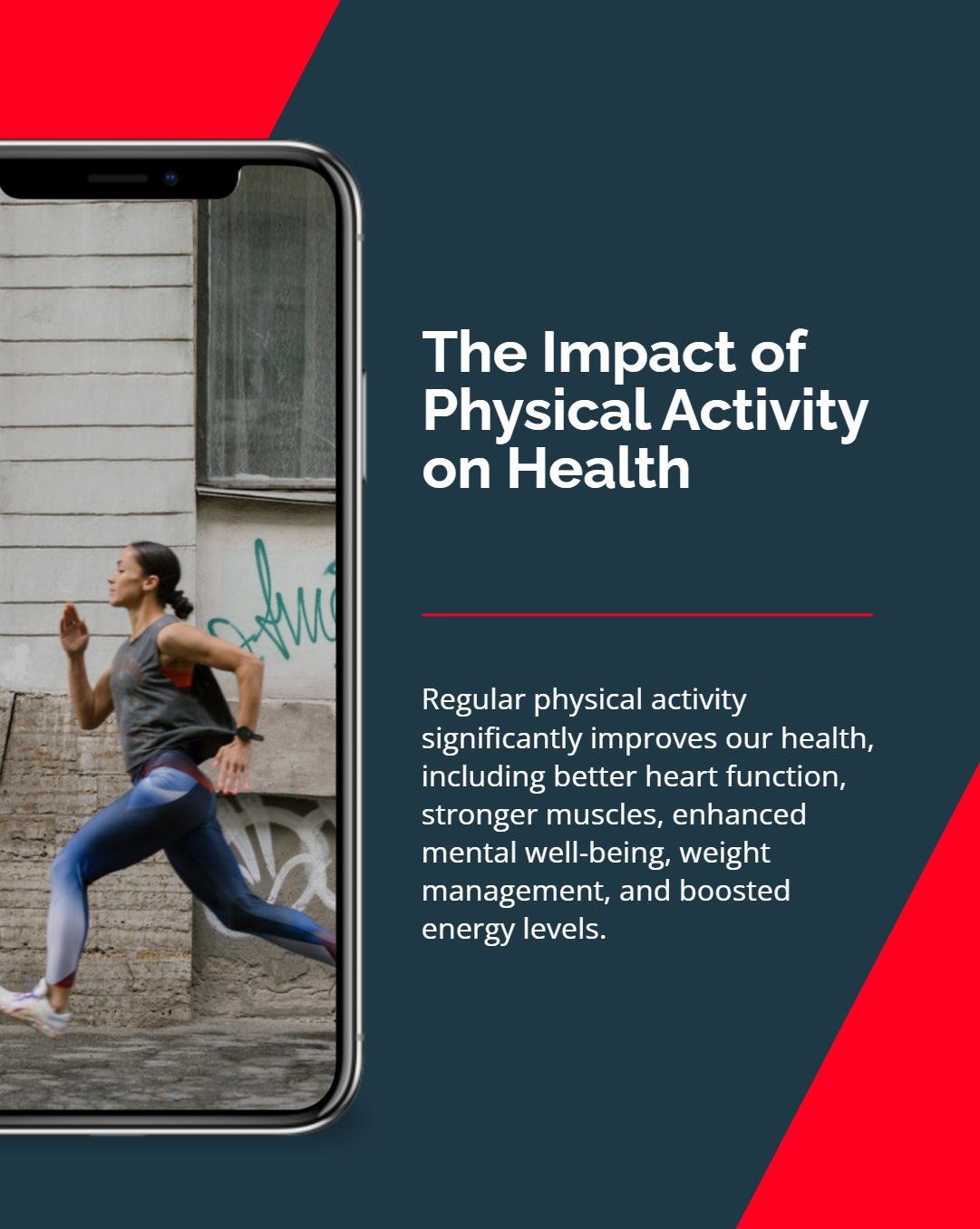
Regular physical activity plays a major role in preventing diseases and improving overall health. Simple activities, such as a daily walk or a quick game of tag, have profound effects on our bodies. Here are some of the most significant benefits:
We see that every movement counts, and physical activity research continues to shed light on how these benefits come about.
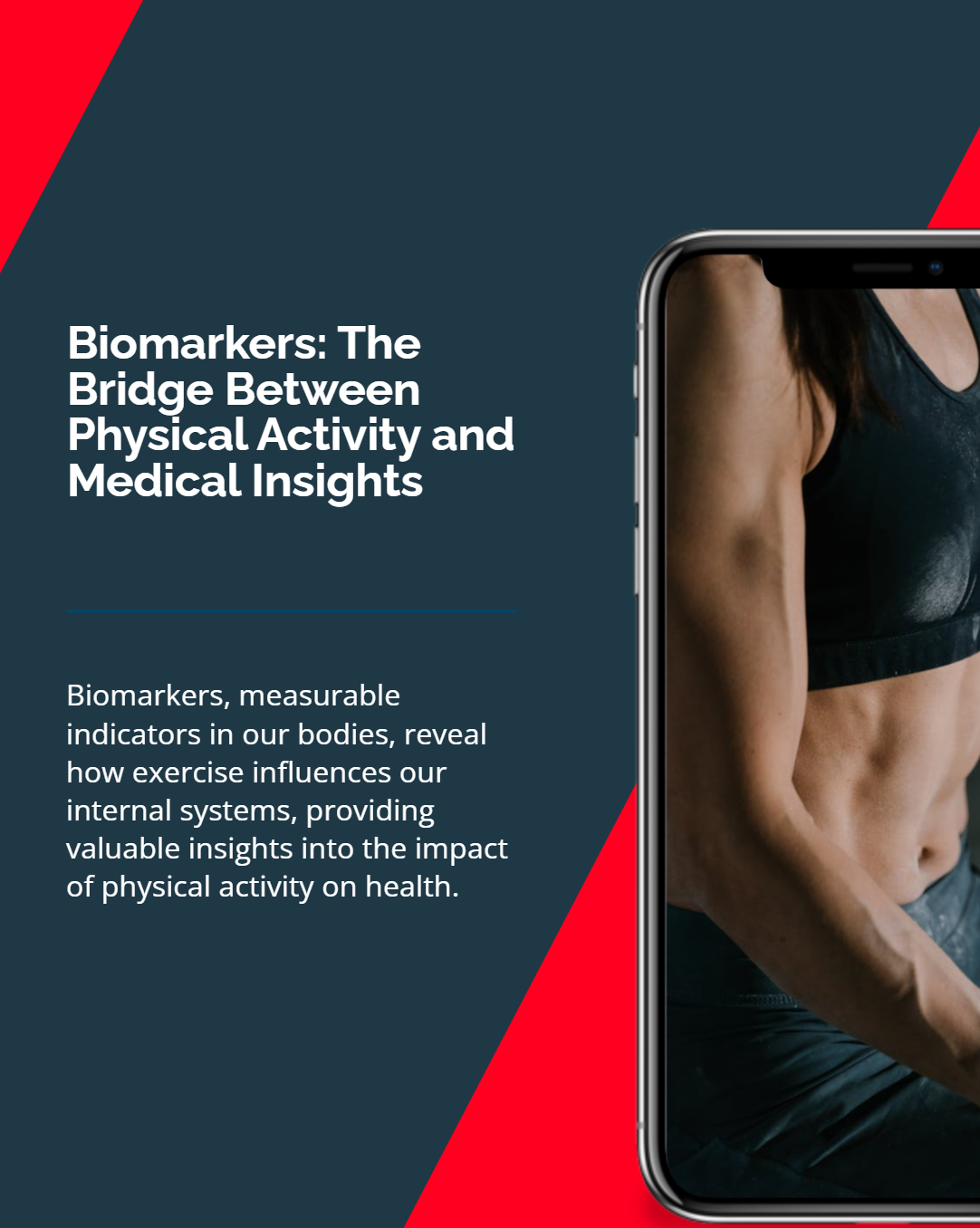
Biomarkers are measurable indicators that reveal what is happening inside our bodies. In physical activity research, biomarkers help us understand how exercise influences our biological systems. Let’s break down this concept further.
What Are Biomarkers?
Biomarkers are signs found in blood, saliva, or tissues that indicate the state of health or disease in our bodies. They can signal inflammation, stress levels, hormone changes, and much more. By studying biomarkers, researchers can see how physical activity changes our internal environment. For example, after a workout, certain biomarkers may indicate reduced inflammation or improved heart function.
How Physical Activity Influences Biomarkers
When we exercise, our bodies respond in many measurable ways. Biomarkers can show:
Below is a table that highlights key biomarkers and their relation to physical activity:
| BIOMARKER | WHAT IT INDICATES | IMPACT OF PHYSICAL ACTIVITY |
|---|---|---|
|
C-reactive Protein |
Inflammation levels |
Reduced inflammation |
| Insulin |
Blood sugar regulation |
Improved insulin sensitivity |
| Cortisol |
Stress response |
Lowered stress levels |
|
Testosterone/Estrogen |
Hormonal balance |
Enhanced balance through regular exercise |
|
Heart Rate Variability |
Autonomic nervous system function |
Improved heart function and recovery |
This table clearly shows how specific biomarkers react to physical activity, making them powerful tools in medical research.
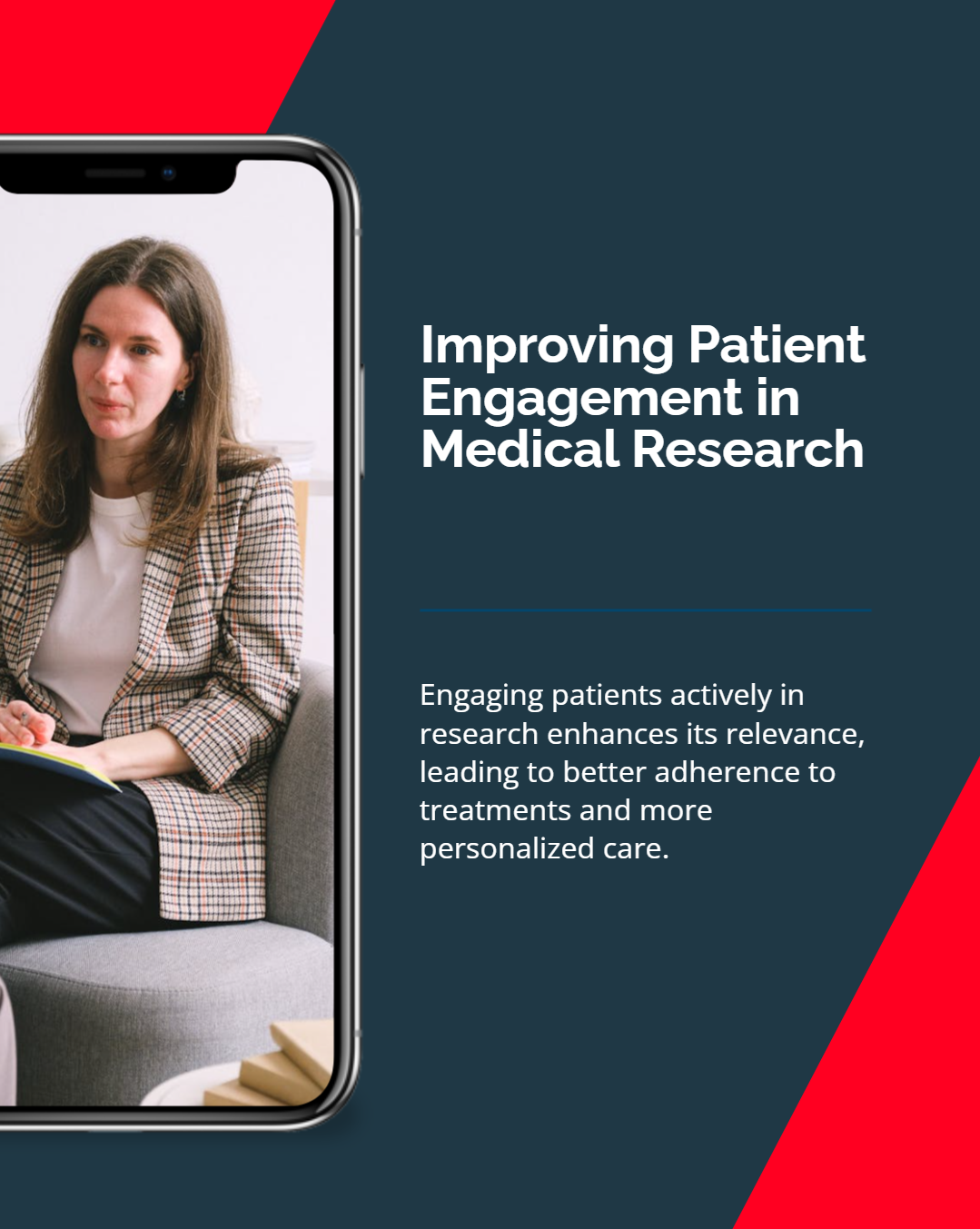
Patient engagement has become a critical element in modern medical research. When patients are actively involved, research becomes more robust and relevant. Engaging patients leads to better adherence to treatment plans and more personalized care.
Strategies to Boost Patient Involvement
We have seen many creative strategies to encourage patients to take an active role in research. Some of these include:
These strategies help break down the barriers between researchers and patients, ensuring that everyone benefits from the latest scientific findings.
Benefits of Active Patient Participation
When patients engage in their own health journey, the results can be transformative. Key benefits include:
Clinical Studies are essential for testing new treatments and interventions. Recently, physical activity has become a vital part of many clinical studies. Researchers include exercise regimens in Studies to see how movement can improve the effects of medications and other treatments. By incorporating physical activity, these Studies provide a fuller picture of how lifestyle changes can work hand in hand with medical treatments.
For example, in studies involving heart disease, patients might be assigned both a medication and a tailored exercise program. The results often show that physical activity can enhance the medication’s effectiveness, leading to quicker recoveries and fewer complications.
The future of physical activity research is bright. As technology advances, researchers are finding new ways to study the impact of exercise on our bodies. Some emerging trends include:
These innovations will make physical activity research more precise and impactful, ultimately leading to better health outcomes for everyone.
Medical professionals play a key role in bridging the gap between research and patient care. By understanding the latest findings in physical activity research, they can design more effective treatment plans. Here are some ways doctors and healthcare providers can apply these insights:
By integrating these practical approaches, healthcare providers can offer care that is both innovative and deeply personal.
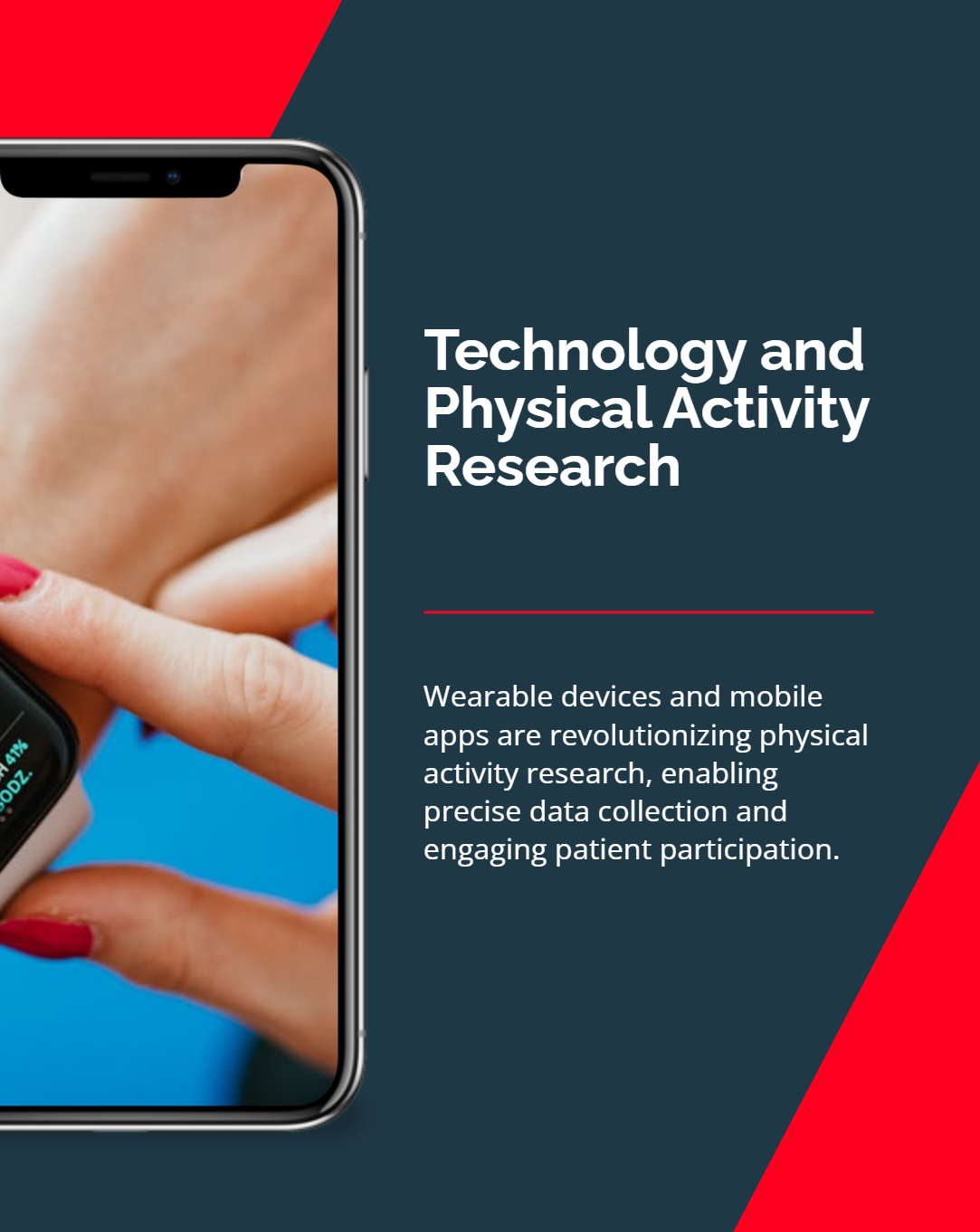
Modern technology has revolutionized the way we study physical activity. With the help of digital tools, researchers can collect and analyze data in ways that were once impossible.
Wearable Devices and Data Collection
Wearable devices like fitness trackers and smartwatches are now commonplace. These devices record various metrics, including heart rate, steps taken, and even sleep quality. By collecting this data, researchers can track the effects of physical activity over time. Wearables offer a window into the day-to-day habits of individuals, providing real-time feedback that is essential for accurate research.
Mobile Applications for Patient Engagement
Mobile apps are another powerful tool in our research arsenal. These apps can:
The integration of mobile technology with physical activity research not only makes data collection easier but also enhances patient engagement by making the process interactive and fun.
Collaboration is key to advancing physical activity research. Researchers, healthcare providers, and patients all play important roles. Working together helps us overcome challenges and develop new solutions. Multi-disciplinary teams can combine insights from biology, technology, and social science to create comprehensive studies. This collaborative approach leads to more effective interventions and a better understanding of how physical activity benefits our health.
While the field of physical activity research is full of promise, it also faces certain challenges. One major challenge is ensuring that research findings are applicable to everyone. Factors such as age, gender, and pre-existing health conditions can influence how physical activity impacts a person. Additionally, keeping patients engaged over long periods remains a challenge.
Despite these hurdles, there are many opportunities. Advancements in technology and data analytics are making it easier to customize exercise programs for individuals. By continuing to invest in research and development, we can overcome these challenges and build a future where physical activity is recognized as a key component of health care.
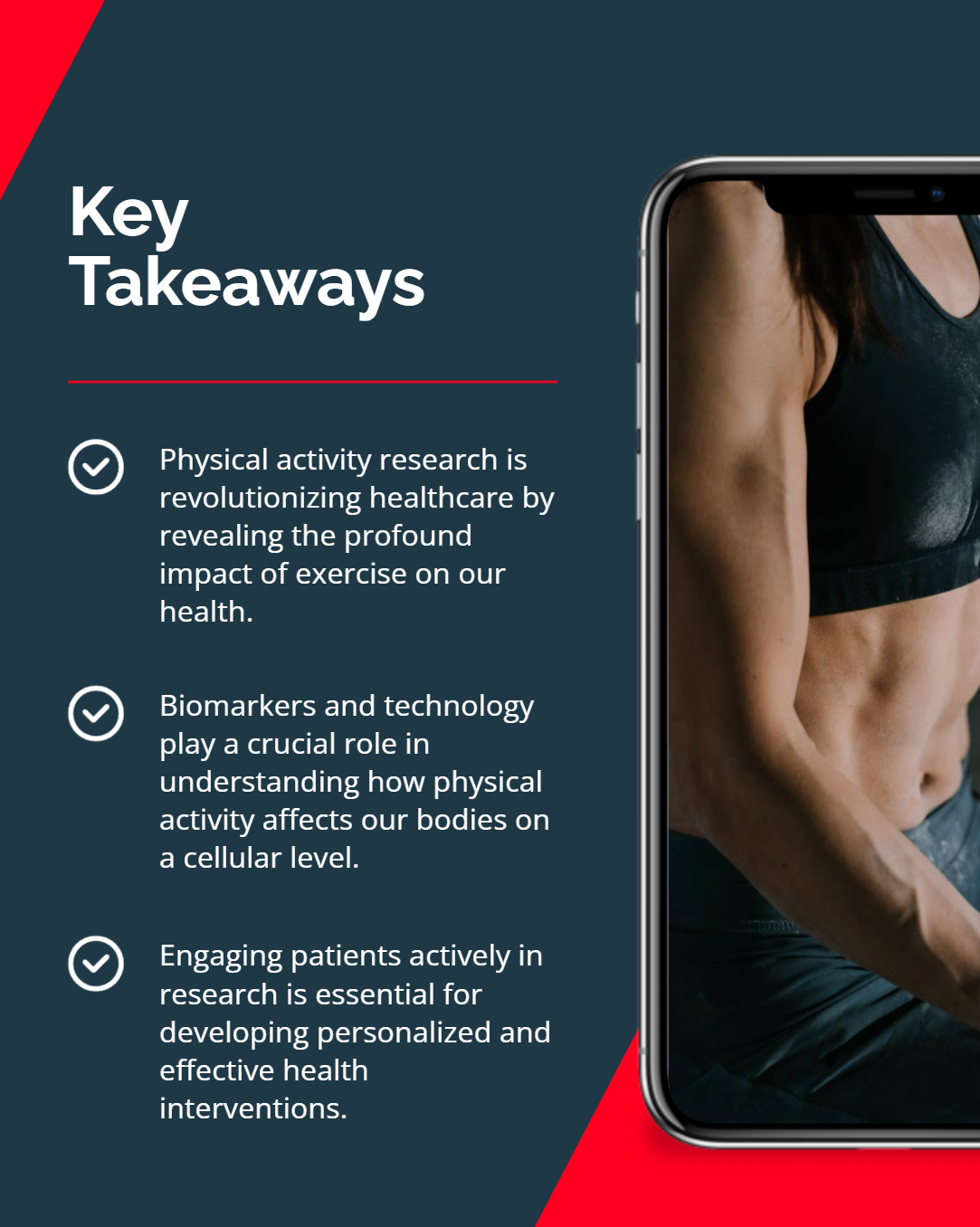
Physical activity research is transforming modern medicine. By exploring the link between exercise, biomarkers, and patient engagement, we are gaining new insights into how to prevent disease and promote wellness. With advancements in technology and a collaborative approach between researchers and healthcare providers, we are on the brink of a new era in medical research. We are excited about the future, where personalized exercise plans, cutting-edge data collection, and active patient participation come together to create healthier communities worldwide.
As we continue to explore this dynamic field, we remain committed to sharing the latest findings and practical strategies that can improve lives. Whether you are a patient, a researcher, or a healthcare provider, embracing the power of physical activity can lead to better health outcomes and a more vibrant life.
Physical activity research studies how different forms of exercise affect our health. It looks at changes in our bodies, such as improvements in heart function, muscle strength, and overall well-being. This field helps us create better health programs tailored to individual needs.
Biomarkers are measurable signs in our body that show how well our body is functioning. They can indicate changes in inflammation, hormone levels, and immune responses. By tracking these markers, researchers can see the direct impact of physical activity on our health.
Some effective strategies include using interactive workshops, developing user-friendly mobile apps, creating community programs, and setting up robust feedback systems. These approaches help patients feel involved and valued in the research process.
Technology, such as wearable devices and mobile applications, allows for precise data collection and real-time monitoring of physical activity. This makes research more accurate and helps in developing personalized exercise programs. Digital tools also boost patient engagement by making the process interactive.
One challenge is ensuring that research findings apply to everyone, given individual differences such as age, gender, and health conditions. Additionally, maintaining long-term patient engagement can be difficult. However, with ongoing advancements in technology and collaborative research, these challenges are steadily being addressed.
 22.01.2025
22.01.2025